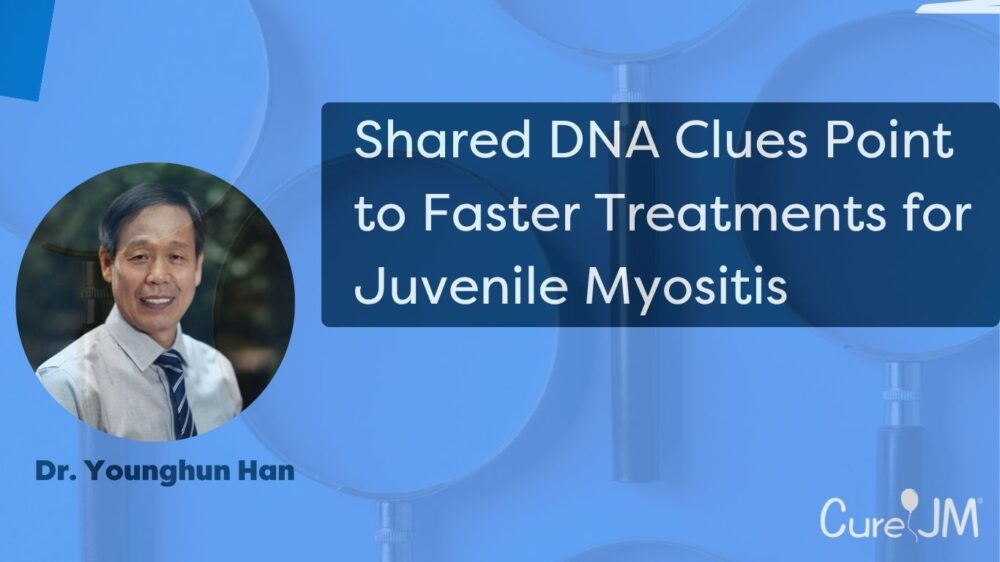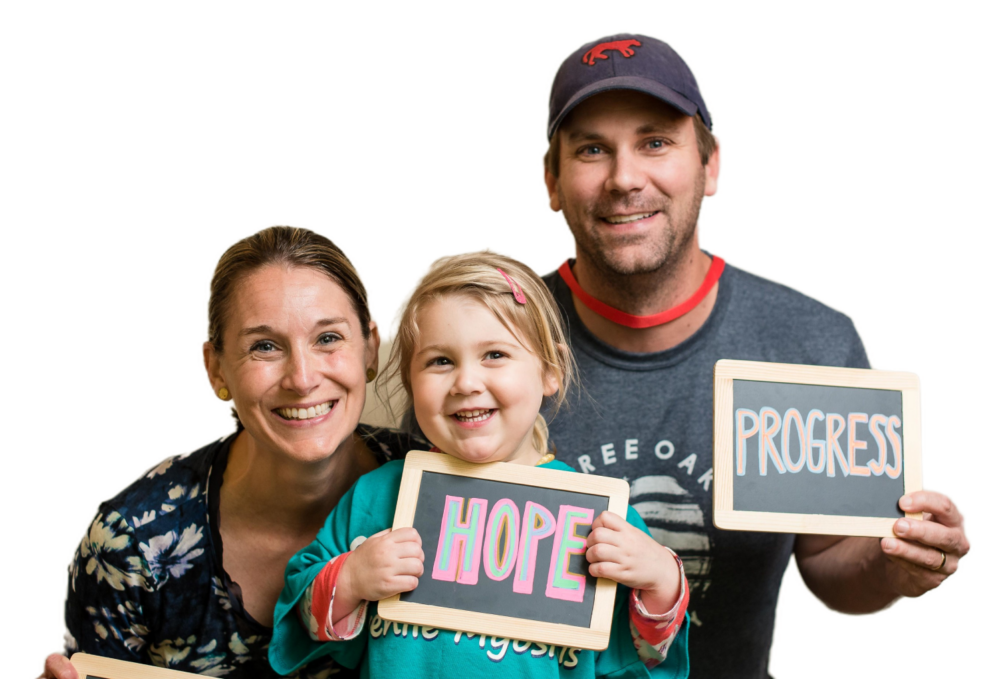In a study funded by the Cure JM Foundation and led by Dr. Younghun Han of the Baylor College of Medicine, scientists compared the DNA of more than three thousand people living with myositis to nearly twelve thousand healthy volunteers and found something striking. The major forms of myositis share much of the same genetic wiring. That overlap could help doctors borrow proven drugs from one group and test them faster in another, allowing them to find new drugs for juvenile myositis.
What the Study Found
Scientists compared DNA from 3,206 people with myositis to 11,697 people without the disease. They discovered that the main types of myositis share many of the same genetic risk patterns. In simple terms, they found that JDM, adult dermatomyositis, polymyositis, and a myositis with the anti-Jo-1 antibody are genetically connected. That overlap means a drug that helps one group might also help another, including children with JM.
How they checked the overlap
Using large DNA scans, the team measured how similar the risk signals were between the groups. The similarities were strong. JM lined up most closely with adult dermatomyositis and also showed meaningful overlap with polymyositis and anti-Jo-1 myositis. Pooling the data sharpened the picture of which genes matter most in JDM.
What genes were flagged?
The analysis highlighted 659 possible risk genes for JDM. Many sit in key immune control regions of our DNA (for example, the MHC class II area) and connect to things families recognize in the clinic, like blood markers of inflammation, lung function, bone health, and chronic pain. This supports what many patients experience. It also could explain why myositis often appears alongside other autoimmune conditions, because some of the genetic roots are shared.
How does this knowledge help drug development now?
The team then asked a practical question: do any of these genes already match drugs on the shelf? By mapping the 659 genes to known drug targets, they linked 32 genes to 107 approved or investigational medicines. That creates a short list for drug repurposing studies in juvenile dermatomyositis (JDM), where time and patient numbers are limited.
What comes next?
Researchers are running a network analysis that ranks how closely each drug connects to the JDM gene network. Think of it as a heat map that points to the most promising medicines to test first for dose, safety, and early benefit.
The direction is clear: a shared genetic architecture across myositis is not just a scientific curiosity. It is a roadmap that can speed smarter trials, guide repurposing, and bring better options to children with JM sooner.




